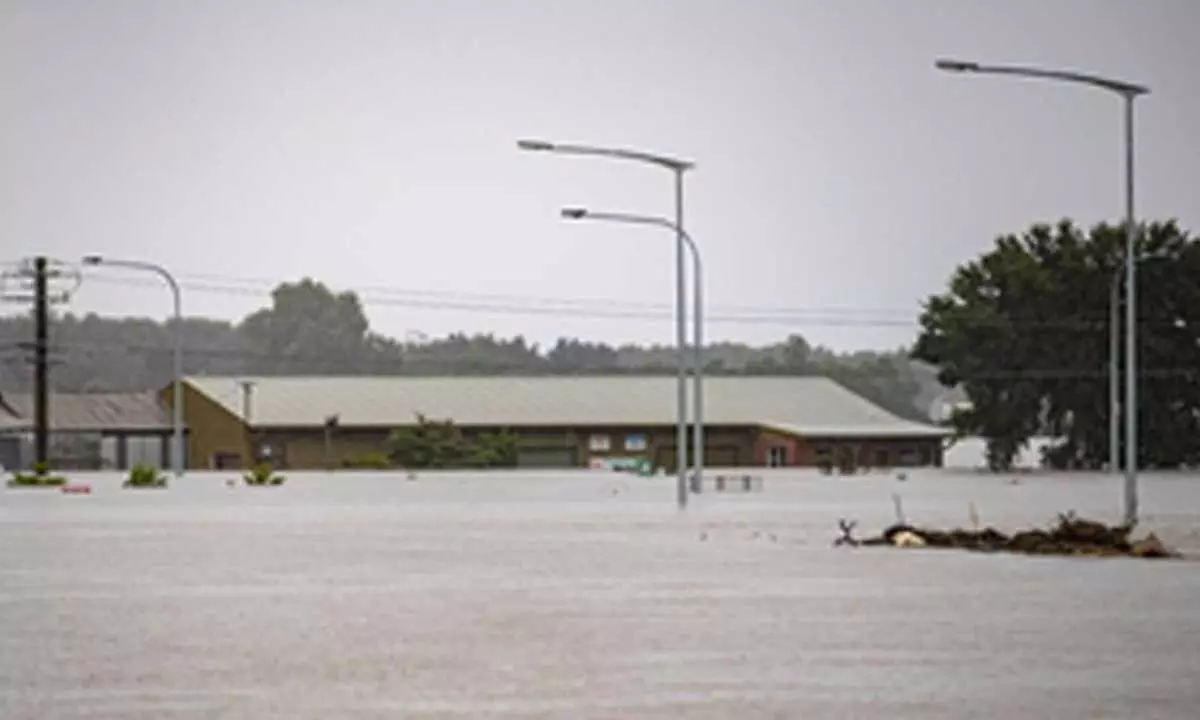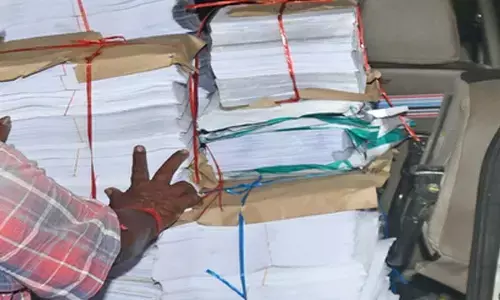Cyclone Alfred aftermath: Floods continue in Australia's Queensland, New South Wales
Share :

Ex-Tropical Cyclone Alfred continued to impact Australia's states of Queensland and New South Wales
Sydney: Ex-Tropical Cyclone Alfred continued to impact Australia's states of Queensland and New South Wales (NSW) on Monday with floods and heavy rainfalls, but meteorological authorities forecast the situation will gradually ease from today.
Electricity in some of the affected areas was gradually restored on Monday. The latest figures from local electricity distributors show that nearly 160,000 homes and businesses remained without power in southeast Queensland and northern NSW as of Monday afternoon, less than the peak number of over 300,000 recorded on Sunday.
The Bureau of Meteorology (BoM) said on Monday afternoon that heavy rainfall has eased in NSW, and severe weather warnings for some areas have been cancelled. However, there is a localized risk of severe thunderstorms producing heavy rainfall over northern NSW during the afternoon and evening. Warnings will be issued if necessary.
The NSW State Emergency Service (SES) said on Monday afternoon that 3,400 dwellings, impacting about 7,900 people, are still under emergency warnings in northern NSW. More than 3,200 SES members remain on the ground.
Overnight rain and thunderstorms on Sunday brought widespread falls of 200-400 mm across Brisbane, the Gold Coast and the Scenic Rim, the Australian Broadcasting Corporation (ABC) reported. Brisbane, the capital city of Queensland, witnessed a rainfall of 275.2 mm in 24 hours to 9 am. local time on Monday, making it the city's wettest day since 1974.
The BoM said that heavy rainfall, which may lead to flash flooding, continued across parts of southeast Queensland on Monday, including Brisbane, Ipswich and the Sunshine Coast, Xinhua news agency reported. Six-hourly rainfall totals between 60 and 100 mm are likely throughout Monday with a 24-hourly total up to 150 mm expected. However, it forecasts the heavy rainfall will ease during the late afternoon and evening.
More than 800 schools in the ex-cyclone-affected areas of NSW and Queensland remained closed on Monday. NSW education authorities expected most schools will be able to reopen on Tuesday.
Australian Prime Minister Anthony Albanese announced at a press meeting on Monday that eligible workers and sole traders in 31 local government areas in southeast Queensland and NSW who have lost income as a direct result of ex-Tropical Cyclone Alfred will be eligible for support payments. They will be able to access up to 13 weeks of income support via online application opened from Tuesday, he said.
As of Monday afternoon, many parts of southeast Queensland and northern NSW are still under warnings for severe thunderstorms, severe weather and major floods.
Ex-Tropical Cyclone Alfred made landfall over Australia's east coast on Saturday evening and has weakened into a trough since crossing the coast. The system is still bringing heavy to locally intense rainfall, which will gradually ease today, said the BoM.















